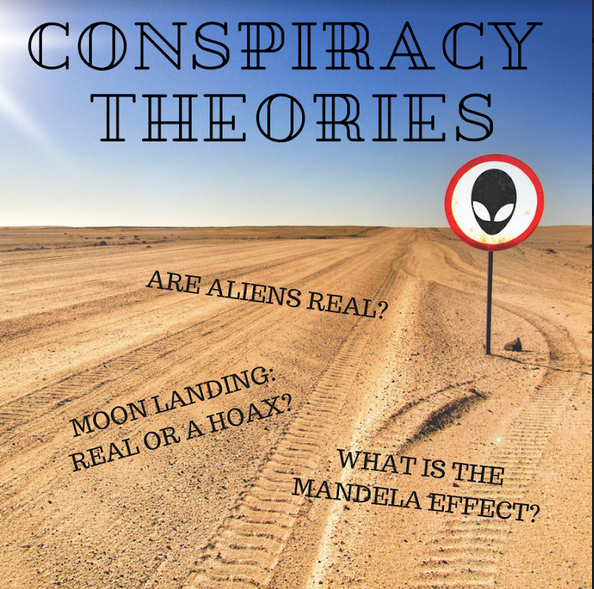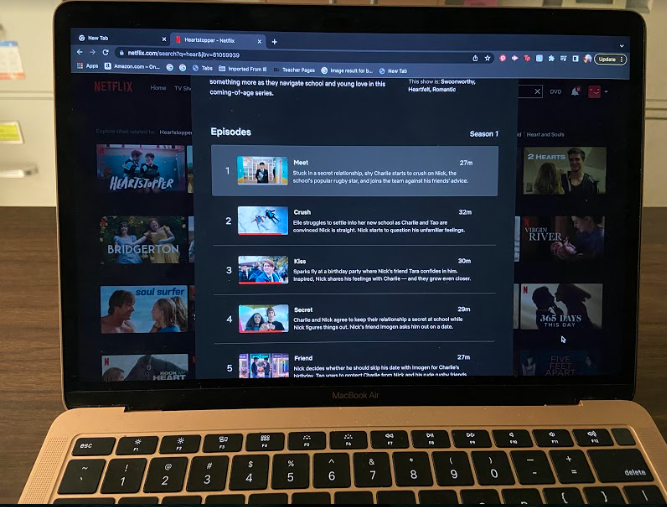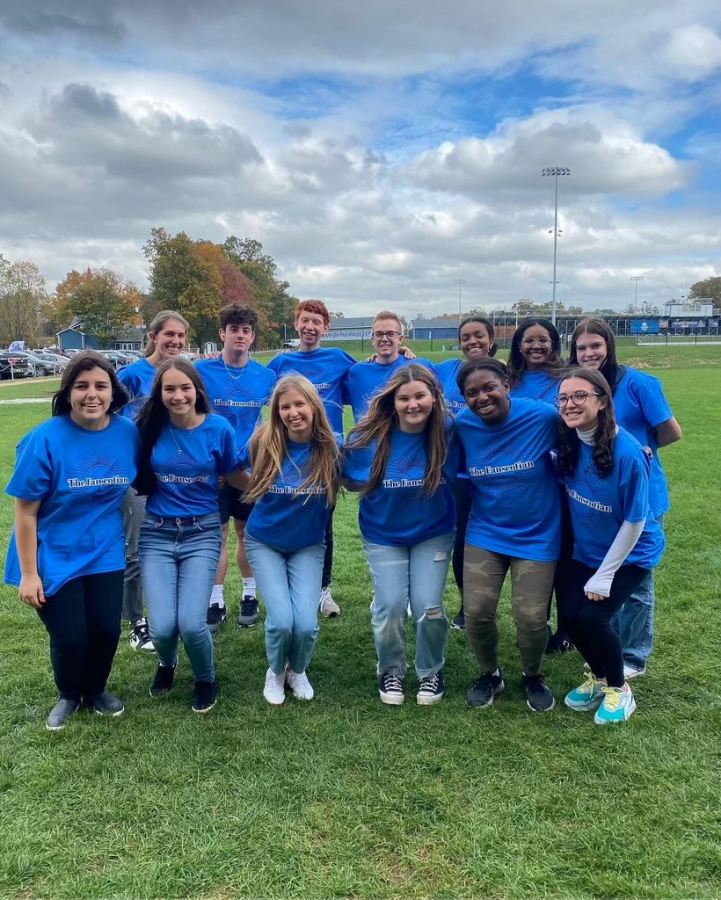Conspiracy theories are deeply rooted in society; over time, increasing amounts have begun to manifest and spread. The ease with which information can be shared—due to the internet and smartphones—only adds to the power of conspiracy theories. Some strongly believe that these theories mentioned—and others similar to them—are completely true. Others, however, merely see conspiracy theories as a source of amusement. Regardless of one’s perspective, conspiracy theories are undeniable prevalent in today’s world and it is enjoyable to take a moment to shine the spotlight on a few popular ones.
The “Fake” Moon Landing:
What is it?
Skeptics claim that, in a desperate attempt to beat the Russians in the “Space Race,” the American government faked the 1969 moon landing. Throughout the years, people have made accusations and shared their theories about how they believe the “moon landing” really occurred. Conspiracists claim that faking the moon landing—with the help of Hollywood directors and equipment—was an easier alternative to actually landing on the moon. Some even go as far as to say that the government has withheld and destroyed evidence that may have exposed this lie, including executing witnesses. People have also pointed to a variety of different components of the landing as “evidence” that it never took place, such as the movement of the American flag placed on the moon and a newer photo that claims to show a stagehand in the reflection of an astronaut’s helmet.
Why?
Most of the suspicion stems from a distrust in the government, as well as the rapid spread of false information. Those with very limited knowledge of NASA and space travel in general tend to be the ones sharing these types of conspiracy theories. Many point to the self-publishing of “We Never Went to the Moon: America’s Thirty Billion Dollar Swindle” by Bill Kaysing in 1976 as one of the origins of the conspiracy, as it claimed the Apollo moon landings were a hoax. This concept has been picked up by other individuals and organizations over the years.
Area 51:
What is it?
While the conspiracies regarding Area 51 vary, the general consensus is that the secret Air Force base stores evidence of alien life—but the government hides it from the public. The base is located in a remote part of Nevada, keeping it out of sight, as some may claim. Some popular conspiracies about what exactly Area 51 is hiding include: captured aliens, alien spacecrafts, murdered aliens used for experimentation, human-alien hybrids, and many more. Another interesting theory is that Area 51 was actually the location of the “fake” moon landing discussed above.
Why?
The base’s true purpose—past or present—has never really been clear to the public and the research has always been classified, so naturally people decided to explain this “secret” for themselves. This is yet another conspiracy theory that originates in a deep distrust of the government, but also in the creativity and imagination of the public. The mysterious base is an empty canvas to work with, and the idea of a massive secret lying just below the surface is extremely enticing.
The Mandela Effect:
What is it?
Even those who don’t believe in the Mandela Effect frequently become frustrated by this phenomenon. Essentially, it is a collective (often unexplainable) misremembering, whether that be of events or facts. People theorize that these false memories are actually just events that have not occurred in our reality, but have occurred in alternative dimensions or parallel universes. The name itself comes from a very commonly known example of the effect: Nelson Mandela’s death. Many people swear that they distinctly remember him dying while imprisoned in the 80s. His death was actually not until 2013. This type of wide-spread misremembering is not an isolated incident. Other frequently cited examples include recollections of the “Berenstain Bears” as the “Berenstein Bears,” “Jif Peanut Butter” as “Jiffy Peanut Butter,” and people falsely remember Darth Vader’s famous line as “Luke, I am your father” instead of “No, I am your father.” The list goes on.
Why?
Memory is very complex. It can be influenced and confused by a number of outside factors. Psychology Today describes the errors of memory as the “seven sins of memory,” which include: “transience, absentmindedness, blocking, misattribution, suggestibility, bias and persistence.” One’s memory is formed and reformed over time, distorting the actual events that took place. Often, separate memories can become muddled together, thus adding further confusion.
Digging deeper into conspiracy theories
April 11, 2018

0
More to Discover







